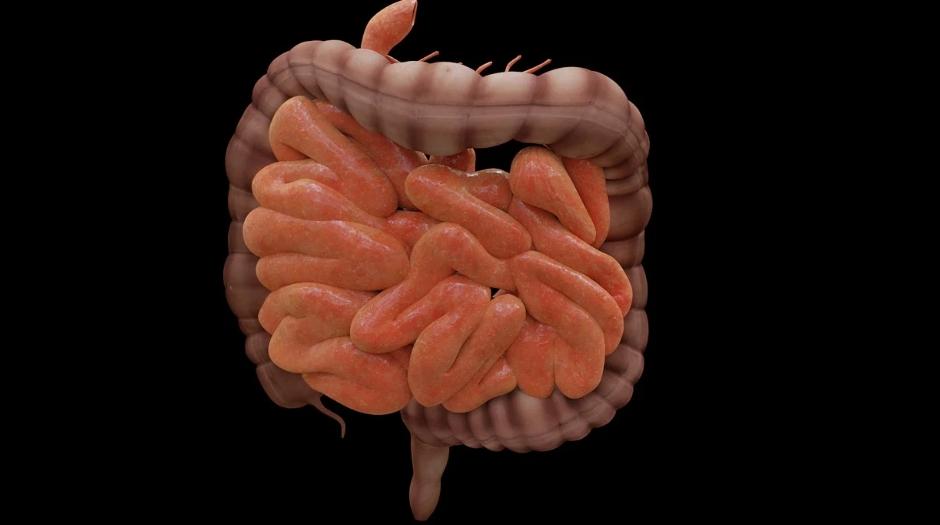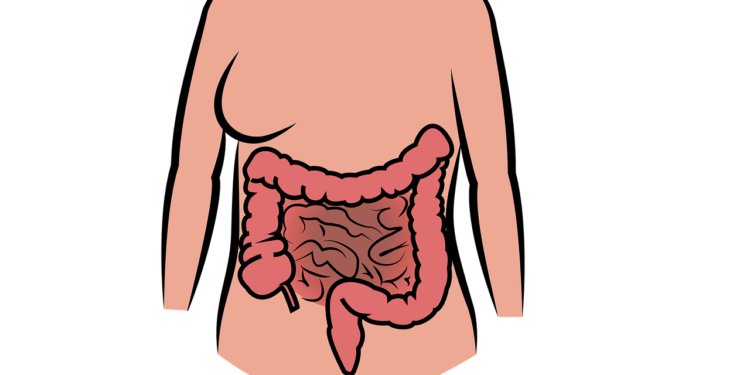As we grow old, there are pouches called diverticula which form on the large intestine or colon wall, as a result of pressure creating a weak spot on the wall. This condition is called diverticulosis. It doesn’t come with any problem and many people don’t even know they have it. However, this non-problematic condition can soon become a problem when one of these pouches becomes irritated or infected by stool, food particles, or bacteria.
This condition turns diverticulosis into diverticulitis which is when the small pouches in the colon get swollen or infected. This condition can cause a lot of pain, fever, and other symptoms that would require medical care. Now that we know the difference between diverticulosis and diverticulosis, we will proceed to talk about how doctors find out if you have this condition and how they treat it.

Diagnosis of Diverticulitis
The first thing the doctor will do is to review your medical history and then perform a physical examination. He’ll ask about your symptoms such as stomach pain, fever, or changes in bowel habits, which are typically associated with diverticulitis.
The doctor will also want to know if you have a history of digestive problems, your diet, and whether you have any conditions that could increase the likelihood of diverticulitis. However, stating all of these isn’t enough to determine whether or not you have diverticulitis. So, they often rely on a few imaging tests and blood tests for final confirmation and diagnosis.
CT Scan: This is the most common and reliable test for diagnosing diverticulitis. During the CT scan, you’ll be asked to lie on a table and an X-ray machine will take a detailed picture of your abdomen. This helps the doctor to see the colon and check for any signs of inflammation, infections, or post-field pockets. The CT scan can also show how severe diverticulitis is, which helps the doctor to provide you with the best treatment plan.
Colonoscopy: This test involves a flexible tube with a camera on the end that is inserted into the colon to look for any problems. However, doctors usually don’t perform colonoscopy when diverticulitis is active because it can irritate the already inflamed colon and make it worse. Instead, they wait until the inflammation has calmed down before they proceed. Once the swelling reduces, a colonoscopy can be done to examine the health of the colon, check for other issues, and then rule out other conditions like cancer.
Blood Test: The doctor will likely order blood tests to check for signs of infection. One important test you have to do is to check your white blood cell count. When the body is facing an infection, the number of white blood cells increases. If the white blood cell count is high, it shows that there is an infection, which is common in diverticulitis.
Treatment of Diverticulitis
Treatment for diverticulitis typically depends on how serious the condition is. Doctors divide it into mild and moderate to severe cases, and the treatment changes based on that.
Mild Cases (Manageable Pain)
If the diverticulitis is mild, where the symptoms are manageable, the treatment usually includes lifestyle changes and over-the-counter medications.
High Fiber Diet: Eating more foods with fiber like fruits, vegetables, and whole grains can help your digestive system to work better. It makes the stool softer and easier to pass through the lung intestine.
Increased Fluid Intake: Drinking plenty of water helps keep your stool soft and easier to pass, which reduces the strain on the colon.
Over-The-Counter Pain Relievers: For mild pain, you can take medications like ibuprofen or acetaminophen to help ease discomfort. Just avoid drugs like aspirin as this would irritate your already irritated colon.
Moderate to Severe Cases (Intense Pain)
Antibiotics: If the diverticulitis is caused by an infection, the doctor will give you an antibiotic to fight it. The antibiotics can be taken by mouth, but if the infection is severe, you might need to take them through an IV in the hospital.
Hospitalization: If your symptoms are very bad, like severe pain or fever, you might need to stay in the hospital. There, the doctor will give you IV antibiotics and help you manage your pain until you start to feel better.
Severe Cases (Extreme Pain)
Surgery: Surgery is used in very rare and serious cases. Surgery for diverticulitis is called resection. This surgery removes the part of the column that is damaged. If diverticulitis causes serious problems that don’t go away, doctors might remove that part and reconnect the healthy sections of the column.
Bottom Line
Diverticulosis is when small pouches form in the colon, usually without causing problems. But if one of these pouches gets infected or swollen, it turns into diverticulitis, which can cause pain, fever, and other symptoms. For diagnosis, doctors will look at your medical history, ask about your symptoms, and do tests like CT scans, colonoscopies, and blood tests. The treatment depends on how serious it is.
For mild cases, you may need a high-fiber diet and pain relievers. For more severe cases, antibiotics and possibly a hospital stay are needed. In rare cases, surgery might be necessary to remove the damaged part of the colon.

















